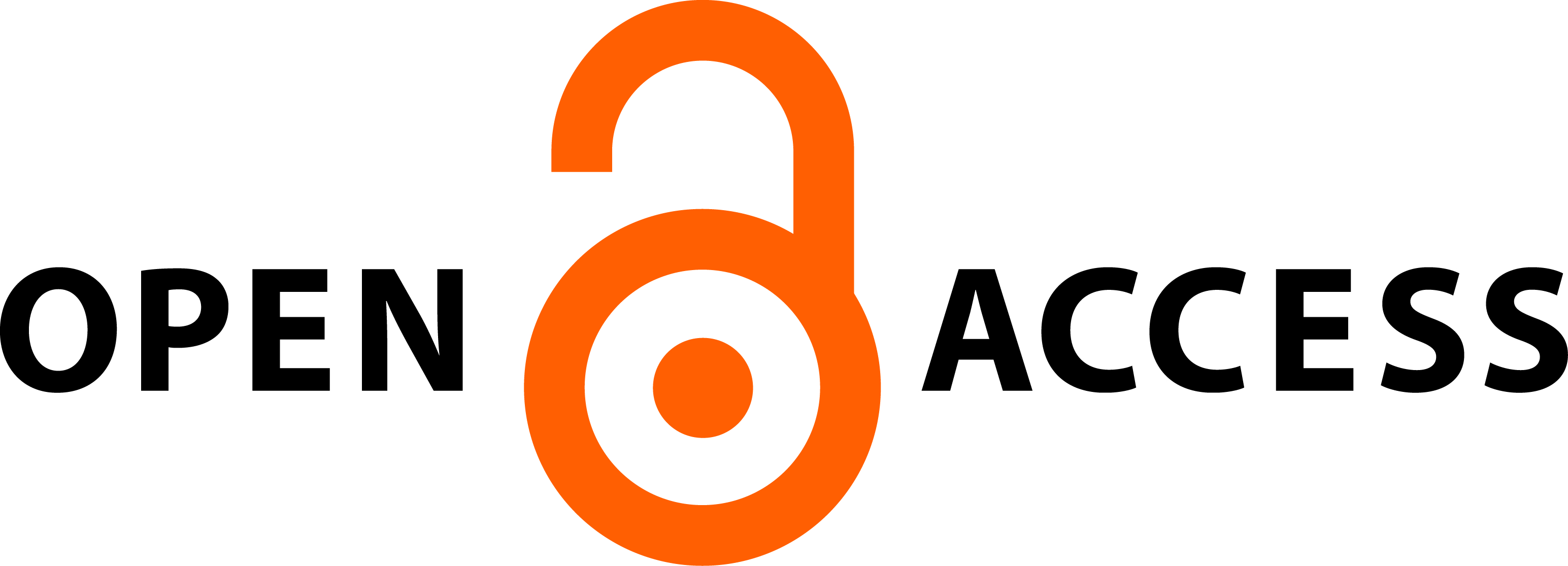A SZAKEMBER-PÁCIENS KÖZÖTTI RAPORT KIALAKÍTÁSÁNAK TECHNIKÁI A TERHESAMBULANCIÁN
Absztrakt
A tanulmány az orvosi ellátások egy speciális területén, a szülészeti ellátásban alkalmazott kommunikációs technikákat mutatja be. A megfelelő kommunikáció kulcsfontosságú a szülésznő-szülő nő kapcsolatban, mivel ez segíti a felek közötti optimális információáramlást, a megértést és a kölcsönös bizalom kialakulását. A hatékony kommunikációs technikák alkalmazásával a szülésznő világosan és érthetően átadhatja az információkat, válaszolhat a kérdésekre és érzelmileg is támogathatja a vajúdó nőt, ezáltal segíthet a kismamának megérteni a vajúdási folyamatot és megalapozott döntéseket hozni. A szülésznő a kismama iránti empátiát és figyelmet is kifejezheti a kommunikáció révén. A szülésznő és a szülő nő közötti kommunikáció vizsgálatára irányuló kutatások (Rijnders et al. 2008, Rowe et al. 2002) megállapították, hogy a páciensek elégedettségérzését a szakemberrel való kommunikáció minősége jelentős mértékben befolyásolja (Dahlberg et al. 2016). Kutatásomban a terhesambulancián rögzített hangfelvételek átiratainak elemzését követően összefoglalom, hogy milyen kommunikációs technikákat alkalmaznak a szülésznők a szülő nőkkel való kapcsolat kialakítása során. A szülésznők által alkalmazott kommunikációs technikák megismerése segíthet javítani a felek közötti kommunikációt és hatékonyabbá tenni a szülő nők támogatását.
Hivatkozások
Bendapudi, Neelie M. – Berry, Leonard L. – Frey, Keith A. – Parish, Janet Turner – Rayburn, William L. 2006. Patientsʼ Perspectives on Ideal Physician Behaviors. Mayo Clinic Proceedings 81 (3): 338–344.
Bigi, Sarah. 2016. Communicating (with) Care: A Linguistic Approach to the Study of Doctor Patient Interactions. IOS Press.
Dahlberg, Unn – Persen, Janicke – Skogås, Ann Karin – Selboe, Siv Tonje – Torvik, Helen Marit – Aune, Ingvild. 2016. How can midwives promote a normal birth and a positive birth experience?: The experience of first-time Norwegian mothers. Sexual & Reproductive Healthcare 7, 2–7. https://doi.org/10.1016/j.srhc.2015.08.001
Domonkosi Ágnes – Kuna Ágnes. 2015. A tetszikelés szociokulturális értéke: A tetszikelő kapcsolattartás szerepe az orvos-beteg kommunikációban. Magyar Nyelvőr 139 (1): 39–63.
Józsa Emese. 2011. A raport fogalma és szerepe az orvosi kommunikációban. In Varga Katalin szerk., A szavakon túl: Kommunikáció és szuggesztió az orvosi gyakorlat- ban. Budapest: Medicina Kiadó.
Iványi Zsuzsanna. 2001. A nyelvészeti konverzációelemzés. Magyar Nyelvőr 125 (1): 74–93.
Kuna Ágnes – Markó Alexandra. 2023. Betegközpontú és paternalisztikus kapcsolatépítés az orvos-beteg viszonyban: A kapcsolatépítés pragmatikai és szupraszegmentális jellemzői. Alkalmazott Nyelvtudomány 23 (1): 35–51.
Kurtz, Suzanne M. – Silverman, Jonathan – Draper, Juliet. 2005. Teaching and learning communication skills in medicine. Radcliffe Medical Press Ltd.
Makoul, Gregory. 2001. Essential elements of communication in medical encounters: the Kalamazoo consensus statement. Academic Medicine 76 (4): 390–393. https:// doi.org/10.1097/00001888-200104000-00021
Makoul, Gregory – Clayman, Marla L. 2006. An integrative model of shared decision making in medical encounters. Patient Education and Counseling 60 (3): 301–312. https://doi.org/10.1016/j.pec.2005.06.010
Newcomb, Anna B. – Duval, Margaret – Bachman, Sharon L. – Mohess, Denise – Dort, Jonathan – Kapadia, Muneera R. 2021. Building Rapport and Earning the Surgical Patient’s Trust in the Era of Social Distancing: Teaching Patient-Centered Communication During Video Conference Encounters to Medical Students. Journal of Surgical Education 78 (1): 336–341. https://doi.org/10.1016/j.jsurg.2020.06.018
Pilling János. 2018. Orvosi kommunikáció a gyakorlatban. Budapest: Medicina Könyvkiadó Zrt.
Rijnders, Marlies – Baston, Helen – Scönbeck, Yvonne – Van Der Pal, Karin – Prins, Marianne – Green, Josephine – Buitendijk, Simone. 2008. Perinatal factors related to negative or positive recall of birth experience in women 3 years postpartum in the Netherlands. Birth 35 (2): 107–116.
Rowe, Rachel E. – Garcia, Jo – Macfarlane, Alison J. – Davidson, Leslie L. 2001. Does Poor Communication Contribute to Stillbirth and Infants Death? A Review. Journal of Public Health (23): 23–34.
Rowe, Rachel – Garcia, Jo – Macfarlane, Alison J. – Davidson, Leslie L. 2002. Improving Communication between Health Professionals and Women in Maternity Care: A Structured Review. Health Expectation (5): 63–83.
Varga Katalin szerk. 2011. A szavakon túl: Kommunikáció és szuggesztió az orvosi gyakorlatban. Budapest: Medicina Kiadó Zrt.
Vörös Miklós – Frida Balázs. 2008. Résztvevő megfigyelés. In Letenyei László szerk., Településkutatás I–II. 395–416. Budapest: L’Harmattan.
Wasserman, Richard C. – Inui, Thomas S. 1983. Systematic analysis of clinician-patient interactions: a critique of recent approaches with suggestions for future research. Medical Care 21 (3): 279–293. https://doi.org/10.1097/00005650-198303000-00003








